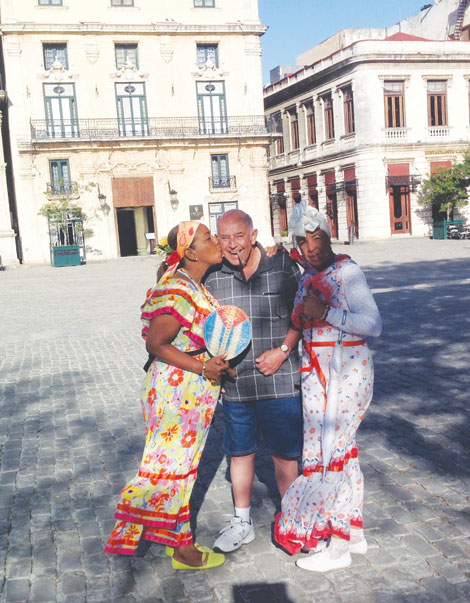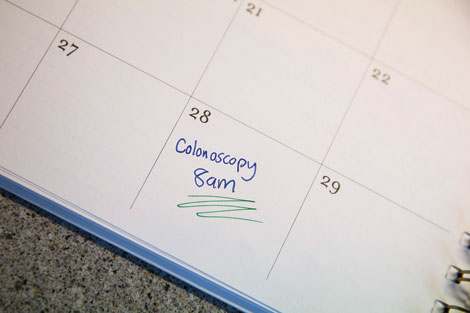Traveling in Cuba reminds us of our choices
It is incredible just how blessed we are to have been born in the United States. Indeed, there are problems and conflicts, but we have the ability to work around them. We are free to make our choices, to have a job whereby we can support our family, to have a comfortable home and plenty of food on the table. Not every country in the world can make that claim.
Our Fathom cruise to Cuba was an eye-opener to those freedoms. We were able to talk with the locals and take a small peak into their lives.
Those in the tourist industry, those who have learned another language and can interact with visitors, seem to be the luckier ones. Today they can work independently and make more than the average $20 per month that an average Cuban is paid. Yes, they may be given something that is called a house but shared with multiple generations. Yes, they have healthcare with many available clinics, etc., but certainly not up to our technology. Yes, they receive ration booklets to help with food, but these are meager and the food is not always available. Looking “outside the box” is new to these people. They are just learning how to prosper on their own with a small business. It will come but it will take years.
We started our cruise out of Miami with the first day at sea. This gave us time to listen to a few lectures on what to expect while on land. We heard some of the history, some of the culture, and how to interact with the people. Of course we also had time to remember that there is sun and warmth in the world instead of constant rain and gray skies.
Our ship was small with only 670 passengers. It was wonderful to meet people from all over the country who were excited about this experience. You actually had an opportunity to get to know your fellow passengers and exchange happenings. On this ship you were not distracted by a casino or big theater productions. Movies were about Ernest Hemmingway or the Cuban people. Shipboard activities included learning how to Salsa or speak a bit of Spanish.
Our first port of call was Santiago, the capital of the colony from 1522 to 1589 prior to it moving to Havana. The watchtowers and cannons used by the Spanish-American war still protect and guard the city. We visited the Cathedral at El Cobra where the Pope spoke to the people of Cuba and saw the compound in which he stayed, the site of the Battle of San Juan Hill was impressive and the UNESCO sites in the city itself explored the colonial past.
Our second stop of the city of Cienfuegos ocated on the southern coast of Cuba app. 250 km from Havana. The city sits around a spectacular natural bay and is known as The Pearl of the South. Our driver had a restored 1954 Mercedes and when he heard we were from Seattle he immediately started talking about the Mariners and then took us to his baseball stadium.
At last we came to Havana where we had two days in which to explore. Shore excursions took people throughout the city on bus tours and walking tours. We visited the handicraft market to see the artists and jewelers. It was not much different than any flea market with some treasures hidden among the normal type of things.
Some groups had an opportunity to visit a senior home where residents are taken care of my the state. They have dormitory accommodations and communal eating but are well taken care of and seemed comfortable and happy. Others were able to visit medical clinics and noted the lack of technology but still the attention given to the people. Many people were able to travel to Hemmingway’s home up on a hill overlooking the city. Here we saw where the great writer did a lot of his work. We even saw the PILAR, his boat from Old Man of the Sea.
All in all it was a very exciting and interesting trip. It is highly recommended for anyone to visit. I certainly would love to return. but must first at least take off for a Princess 15 day cruise from Vancouver to Hawaii. You can read about that next time.
For reservations and further information contact Linda Finch at 253 927 8207 or get on the email list at linda.finch@gmanil.com.

